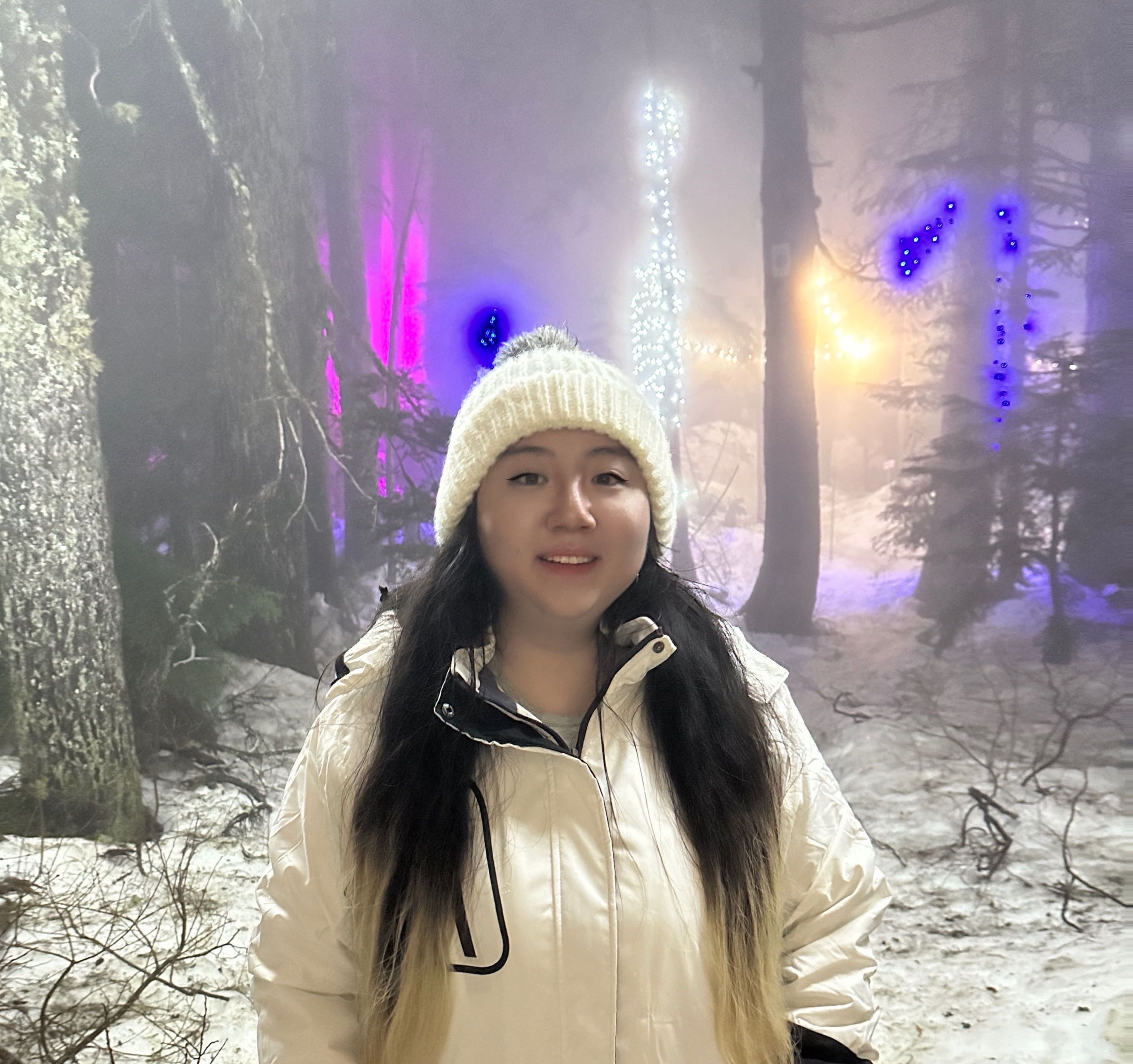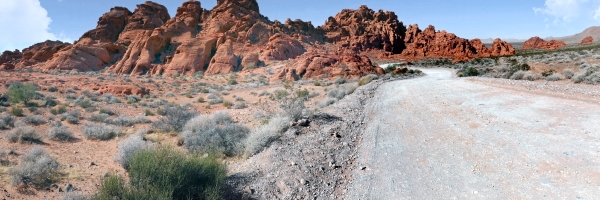Planning a whirlwind short trip to Kyoto? Join me as I unveil an action-packed 2-day itinerary filled with iconic sights and hidden gems. Flying in from Seoul, my journey kicks off with a mission to make the most of every moment in this historic city.
My trip is somewhat still far away so we will also purchase a Wide JR Rail Pass once it opens, so we don’t need to worry about buying tickets. We are specifically getting the Wide JR Rail Pass because we are also traveling to Kinosaki Onsen Village right after (more on this in the next post). Note that there is a new update on price increases with JR passes (starting October 2023), so check in advance to see if they’re worth purchasing.
After arriving at KIX, it will take approximately 2 hours to get to Kyoto by taking the Haruka train. Unfortunately, check-in doesn’t start until 3pm at the hotel, so as soon as we arrive in Kyoto, we will leave our luggages at the front desk. Then we’re going to head over to the Kinkaku-ji temple, which is about 1 hour away by train and bus.
Below is a timeline of the first day itinerary: purple being airports, green being hotels/accommodation, and blue being the sightseeing attractions, with the transportation time in between.

Kinkaku-ji Temple

Kinkaku-ji Temple, also known as Golden Pavilion, is a Zen temple in northern Kyoto where the top 2 floors are completely covered in gold. The temple was a former retirement home for the shogun Ashikaga Yoshimitsu in the late 1300s. This was also the inspiration for the Silver Pavilion (Ginkaku-ji), created by the shogun’s grandson. The temple was also burned down many times, but the present structure was rebuilt in 1955. Expect to spend roughly an hour, exploring the garden and architecture, immersing yourself in its rich history.
Arashiyama Bamboo Grove

Take a stroll through one of Kyoto’s most iconic sights, a short but enchanting path surrounded by towering bamboo. Don’t miss Tenryu-ji Temple nearby, a UNESCO World Heritage site with a captivating history.
Tenryu-ji Temple
Near the Bamboo Forest, there’s another Zen temple, the Tenryu-ji Temple. It was ranked first on the city’s 5 great Zen temples, before being registered as a world heritage site. It was built in the early 1300s by the shogun Ashikaga Takauji. Even though the building also went through countless fires and wars, its garden survived fully intact. The garden was designed by Muso Soseki, who also served as the temple’s first head priest.

Around this time, we would be rushing to check out all the places, as 5pm is when most temples close. If you’re a foodie like me, I’d recommend trying the Shigetsu experience (temple style Zen Vegetarian restaurant offering lunch menu). We’re going to walk around the temple, visiting the Hatto (Dharma hall), Kuri (living quarters), Hojo (Abbot’s quarters), and the garden. Expect to spend about 1-2 hours depending on how fast you walk.
Kimono Forest

While technically not a building to visit, on our way back to the station, we’re going to check out the Kimono Forest, which is a collection of beautiful pillars that is lined with kimono fabrics. It’s also a great timing to see this during dusk or sunset, because that is when the pillars will be illuminated by the LED lights (great photo time!).
Day 2
On this day, we’re going to stay relatively close to the main city, but also explore some cool areas.

Nijo Castle
Nijo Castle, which is located right in the city, was a former residence of Tokugawa Ieyasu, the first shogun of the Edo period. After the fall of the shogunate, it became an imperial palace, before being donated to the city and opened up to the public. It became a UNESCO world heritage site in 1994.
While most of the areas are open to the public, there’s an additional entrance fee (500 Yen) for the Ninomaru Palace, the residence and office of the shogun. The temple is also sometimes closed on Tuesdays, so make sure to check in advance. After we spend some time at the Castle, we’re going to head to Gion.

Gion
Known for its traditional wooden machiya houses and cobblestone streets, Gion exudes an enchanting atmosphere that transports you to Japan’s historic past. The district is famous for being a geisha enclave, where these skilled artisans practice their artistry in the refined setting of teahouses and ochaya establishments. We will stroll around Gion, including visiting the Yasaka Shrine, before heading to the Hokanji temple.

Hokanji Temple
Hokanji Temple, also known as Yasaka Pagoda, is an iconic Buddhist temple nestled within Kyoto’s Higashiyama district. The temple’s prominent five-story pagoda stands as a symbol of both spiritual significance and architectural elegance. Situated near the Gion district, Hokanji Temple offers a serene escape, allowing visitors to appreciate its intricate design and the breathtaking views it provides from its upper tiers. After taking some photos with the amazing landscape, we will head to Fushimi Inari Taisha.

Fushimi Inari Taisha
Fushimi Inari Taisha is a revered Shinto shrine renowned for its stunning vermilion torii gates that form a mesmerizing pathway through the forested hills of Mount Inari. As the head shrine dedicated to Inari, the Shinto deity of rice and prosperity, Fushimi Inari draws pilgrims and tourists alike to its ethereal ambiance and spiritual significance. Walking along the torii tunnel, visitors can explore the various sub-shrines, stone fox statues, and serene forested trails, making it a captivating destination for travelers interested in Japanese culture, spirituality, and picturesque landscapes.
We will explore the area for an hour or two before heading back. If timing is perfect, we should be able to see the sunset with the torii at this time.
Wrapping Up
Before we get back to the hotel, we might drop by Don Quijote to do some shopping, and grab some dinner and drinks. Luckily our hotel has an onsen so we will unwind and rest our tired feet!
Next on the trip itinerary is the Kinosaki Onsen which will be my next post!







Heya! I’m at work browsing your blog from my new apple iphone!
Just wanted to say I love reading your blog and look forward to all your posts!
Keep up the superb work!
It’s a pity you don’t have a donate button! I’d most certainly donate
to this superb blog! I suppose for now i’ll settle for bookmarking and adding your RSS
feed to my Google account. I look forward to new updates and will share this blog with my Facebook group.
Talk soon!
I have read so many articles on the topic of the blogger lovers however this paragraph is in fact a pleasant article, keep it up.
Howdy just wanted to give you a brief heads up and let you know a few of the images aren’t loading properly.
I’m not sure why but I think its a linking issue.
I’ve tried it in two different internet browsers
and both show the same results.